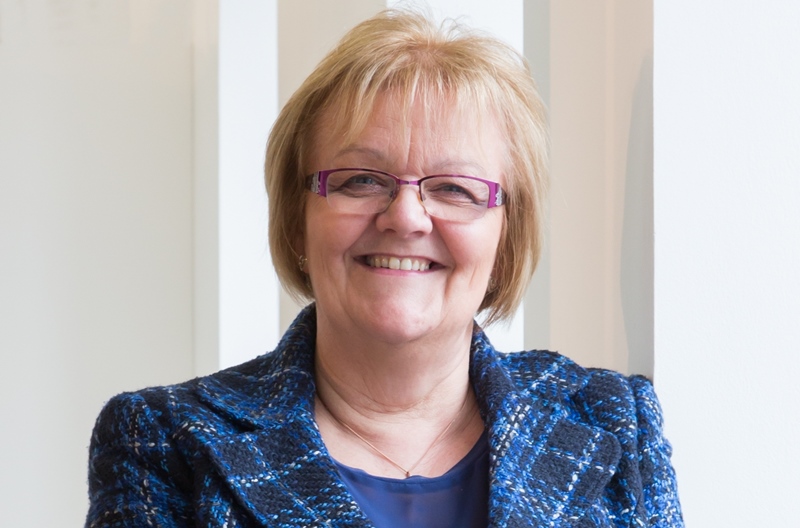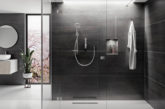
In the wake of the UN report on climate change, published in March 2023, UWLA MD Yvonne Orgill explains how plumbers and installers can play their part to help consumers use less water, with the help of the Unified Water Label.
We have had many warnings about the adverse impacts of climate change but the recent report from the authoritative Intergovernmental Panel on Climate Change (IPCC), pulls no punches, warning that Climate-driven water insecurity is expected to grow unless we take action now. The UN Secretary-General António Guterre says that climate action is needed on all fronts: “everything, everywhere, all at once.”
This is a message that the Unified Water Label Association endorses and is why we are promoting the Unified Water Label as a smart solution that can help consumers use less water in the home. The Unified Water Label empowers consumers to make choices favouring more water efficient fixtures and appliances, without compromising on quality of experience.
The Unified Water Label is a voluntary, industry led scheme, which is simple, clear and concise. It is supported by over 160 brands, with around 16,000 products currently registered. Governments also recognise the Unified Water Label as the lead water labelling scheme. It is referenced within the ISO 31600 published mid-year 2022, the grades are recognised within the EU Taxonomy, and it is referenced within Portugal’s building regulations. Most recently the UK Energy Technical List incorporates the Unified Water Label within their new criteria for showers.
Use water efficiently
Plumbers and installers have a unique opportunity, to promote products that utilise the Unified Water Label, especially in this period of rising energy costs, high household bills, and with more heatwaves and droughts expected. By helping to raise awareness of the relationship between heating water and energy bills, plumbers and installers which can help homeowners use water efficiently and save money.
This is demonstrated by considering the impact of switching to a more water efficient shower. Typically, a shower may be using 12 litres a minute, research shows that a typical shower time is seven minutes; giving a total of 84 litres used by just the one shower. This is about 70% of the daily target, not leaving much for all the other washing/ WC flushing that takes place on a typical day. Choosing a state-of-the-art shower that uses 10 litres a minute, or less and spending less time in the shower, say four minutes, can further reduce usage. A four minute shower using 10 litres per minute equates to only 40 litres, less than half of the 84 litres of the current typical shower and less than a third of the daily target of 125 litres per person.
Installer packs
The UWLA is committed to working with plumbers and installers, supporting them to drive forward this message. Our Installer packs are proving to be popular as they help consumers understand the link between using water, energy and their carbon footprint. The pack includes a range of tools, flyers, posters, social media posts and videos, with tips and advice on how to save water in the home. The packs are FREE and easy to download from the UWLA website.












